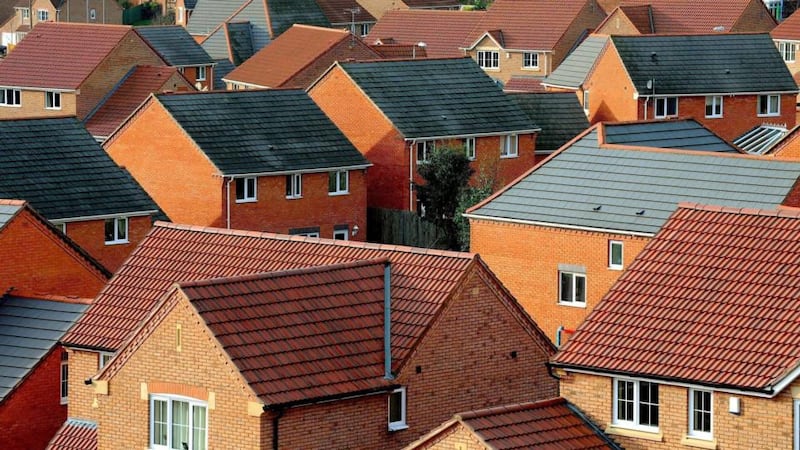Opting for a cashback mortgage could end up costing borrowers €30,000 more over the life of their mortgage, and younger and less-educated borrowers are more at risk of choosing more expensive cashback mortgages, a new study reveals.
Cashback mortgages have increased in popularity in recent years, with lenders such as Bank of Ireland, Permanent TSB and EBS offering a proportion of a mortgage back in cash.
Bank of Ireland, for example, offers 2 per cent once the mortgage is drawn down, with a further 1 per cent available after five years, while PTSB offers 2 per cent back. This means, for example, that a €300,000 mortgage would result in a €6,000 cash payment up front, with a further €3,000 available after five years if you borrow from Bank of Ireland.
But a new research paper from Michael King, assistant professor of economics at Trinity College Dublin, and Anuj Pratap Singh, research economist at Indecon Economic Consultants, has found that these kinds of mortgages might be more expensive than many believe.
While customers can use the cashback offers to their advantage by switching regularly, the dynamics of the Irish mortgage market would suggest this is rare
The economists found that the average € 300,000 cashback mortgage would be more than € 30,000 more expensive for the borrower over 30 years, or €26,207 once the cashback incentive is deducted, due to the higher interest rates charged on cashback mortgages compared with a standard product.
For example, the typical rate on a two-year fixed rate mortgage in Ireland is 3.18 per cent – but for a cashback mortgage the equivalent rate is 3.8 per cent, based on a loan-to-value (LTV) of 60 per cent. The differential is greater the higher the LTV.

A borrower might be better off, the authors suggest, by borrowing the aforementioned €6,000 with their local credit union, as this would cost just €868.74 over three years, while they could shop around for the lowest rate on their mortgage independent of cashback offers.
International comparison
Not only do cashback mortgages have higher interest rates in Ireland, but the differential between standard and cashback mortgages is significantly higher in Ireland than in either Canada or the UK.
In July the authors conducted a survey across the six top banks in Canada, all banks in Ireland and 13 top mortgage providers in the UK. This found that interest rates for cashback mortgages were on average 0.05 per cent higher in Canada, 0.4 per cent higher in Ireland and 0.2 per cent higher in the UK.
For a mortgage of 300,000 in Canadian dollars, sterling and euro over 30 years, this interest rate differential leads to extra repayments of $6,729 (€4,423) in Canada, €32,207 in Ireland and £10,635 (€11,806) in the UK.
The authors also identify some behavioural trends within the study, as they note that consumers who choose these mortgages demonstrate lower financial literacy and dislike paperwork, and “so may be less likely to switch out of expensive mortgages”.
While customers can use the cashback offers to their advantage by switching regularly, the dynamics of the Irish mortgage market would suggest this is rare. Figures from the Central Bank of Ireland show that just 3,000 homeowners switched their mortgages in 2017.
Given the higher cost of such mortgages, the authors suggest banning them, as “it may encourage banks to compete more honestly on interest rates”.
















